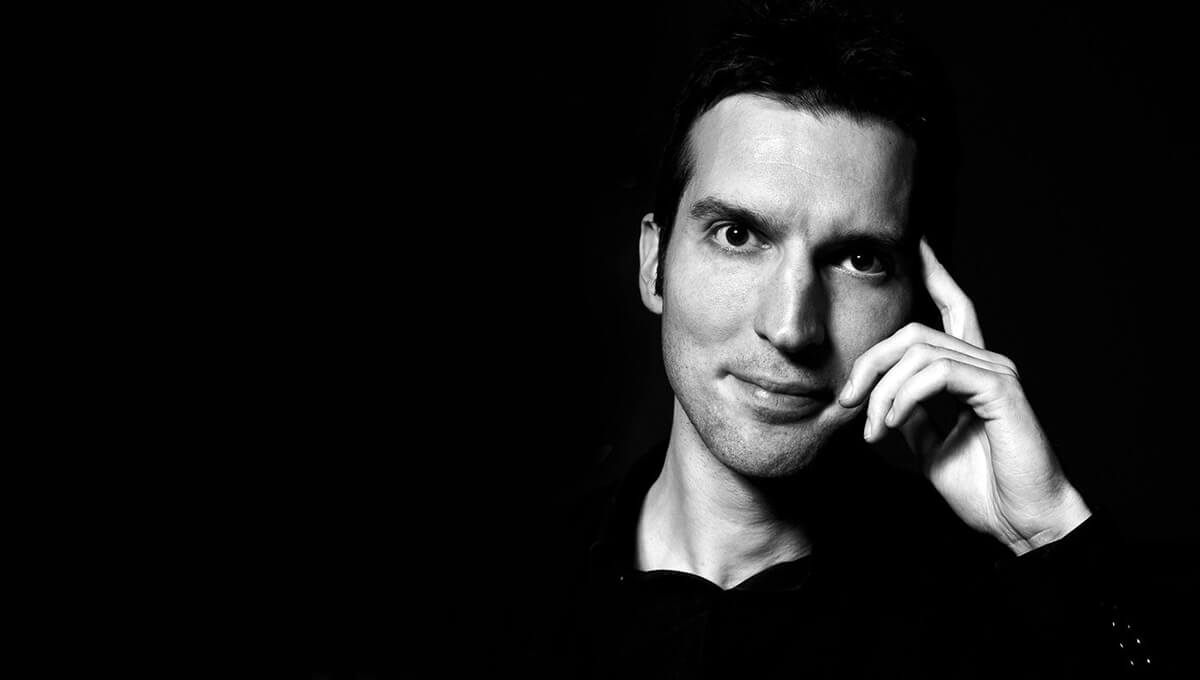
In his book Hacker Citizen, designer Geoffrey Dorne presents 50 ideas for hacking the city and reappropriating public space.
How did the idea for Hacker Citizen come about?
Geoffrey Dorne. The nexus between design and hacking has been a research interest of mine for more than ten years. As a student at the École nationale supérieure des Arts Décoratifs in Paris, I was already working on anti-surveillance prototypes like RFID-blocking wallets and anti-Hadopi [1] memory sticks. Since then, I have built and developed my professional activities around this interaction between art and digital technology, with a view to using design to help people be free. I created an agency called Design & Human to devise interfaces, products, services, identities, and, more broadly speaking, forms of contemporary expression through anthropocentric design. My book, Hacker Citizen, is congruent with this social, ethical, and radical vision for design. Nearly three years ago, I decided it would be interesting to compile projects developed by artists and designers to enable citizens to reclaim public space. That’s how this book came about.
What does reappropriating the city mean for you?
Geoffrey Dorne. Wherever they go in the city, residents are filmed, geolocated, tagged, and turned into data. Currently in France with Vigipirate [the country’s national security alert system] and the state of emergency, surveillance has not only become standard practice, it’s been given force of law. For me, reappropriating the city is a way of building your community. It’s about restoring individual autonomy and freedom, and enabling interaction with others. Cities have always embodied this permanent tension between freedom and association.
Are you satisfied with the notion of the hacker?
Geoffrey Dorne. The hacker is often portrayed as a person working alone, driven by evil intentions and the urge to make money. The reality is completely different. Hackers are passionate explorers of the digital world, fascinated by diversionary tactics and network intelligence. I’m also a product of digital culture, yet when I say “hacker citizen” I refer to the end result of diversionary practices rather than the technical expertise required to carry them out. If our goal is to enable citizens to take back their urban space, we have to provide the means that allow them to do that. I like the term used by Tristan Nitot, the founder of Mozilla Europe, who wrote the preface to my book. He talks about “hackability.” I’m very attached to the figure of the maker and to the DIY ethic. That’s why I wanted to put as much distance as possible between my book and the geek sensibility. Most of the fifty hacks contained in the book require minimal action and low-tech means. Paper, glue, scissors, a screwdriver, and plants are of more use here than a smartphone.
What kind of action do you recommend in your book?
Geoffrey Dorne. I explain, for example, how to make a t-shirt that disrupts facial recognition algorithms, an infrared hood that blinds surveillance cameras, and a system that protects your RFID microchip cards. Readers can also learn how to create an urban nest for birds, and build “seed bombs” they can throw onto hard-to-get-to spots to grow plants. You can also find out how to turn a public bench into a shelter, install a library in a telephone box, and hack ads.
There’s quite a bit of poetry and humour in your book.
Geoffrey Dorne. My position is deliberately constructive and progressive. Certainly, this book is political, but it’s not a manifesto designed to destroy the system. You can game the system by making a game out of it. You can inject a little poetry into the system, add meaning to it, and maybe in the end also add value to it. And always keep in mind that humour plays a big part in all of this. In fact, the book invites readers to hack our own hacks!
*Hacker Citizen, Geoffrey Dorne, Tind Editions, 136 p., €24.90.
[1] Translator’s note : Hadopi is the French High Authority for the Dissemination of Works and the Protection of Copyrights on the Internet
18/05/2017


